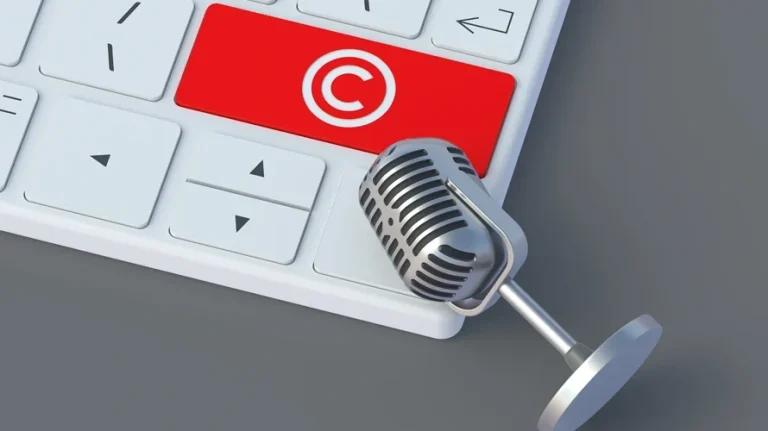Contact us now:
Patentability of Computer-Related Inventions in Malaysia

The patent-eligibility of computer-related inventions is a hot topic worldwide. The situation is seemingly forever in flux as the courts and patent offices around the world develop case law on the subject and constantly update their official practice. We are perhaps blessed in Malaysia by a dearth of case law on this matter. On the other hand, it is certainly helpful to foreign applicants that Malaysian practice gives due recognition to the examination results of the major patent offices, whether by virtue of the requirements when requesting examination or through reliance by applicants on the various PPH programs now in place.
The starting point for a holistic assessment of the patentability standard in Malaysia must naturally be the law itself. While the Patents Act and Regulations do not contain any specific provisions for computer-related inventions, there are general requirements that are pertinent. These include primarily the definition of an invention and a list of inventions that are explicitly excluded from patentability. Beyond that, there are clues to be found in certain requirements of the description, claims and even the abstract of an application.
Section 12(1) of the Patents Act defines an invention as an idea of an inventor which permits in practice the solution to a specific problem in the field of technology. This anchors the patent law firmly in the arena of technology. Section 13(1) lists various non-patentable inventions. These include schemes, rules or methods for doing business, performing purely mental acts or playing games. Interestingly, there is no express mention of “computer program” in this list.
MyIPO’s Substantive Examination Guidelines indicate that the exclusions from patentability under Section 13(1) “should be regarded as applying only to the extent to which the application relates to the excluded subject-matter as such. Secondly, it is necessary to identify and assess the real contribution which the subject-matter claimed, considered as a whole, adds to the prior art. If this contribution is abstract or intellectual and not of a technical character, there is no invention within the meaning of Section 12(1) and in general it will not be possible to formulate an acceptable claim”.
The Guidelines go on to declare that the test of whether there is an invention within the meaning of Section 12(1) or it is excluded under Section 13(1) is “separate and distinct from the questions whether the invention is susceptible of industrial application, is new or involves an inventive step”. This appears somewhat contradictory to the above-stated adoption of a “contribution” approach. However, in Spind Malaysia Sdn Bhd v Justrade Marketing Sdn Bhd & Anor ([2018] MLJU 277), the Federal Court pronounced on the approach to assessing inventive step. Based on the requirement of Section 12 that defines the meaning of invention in terms of problem and solution, the Federal Court was of the view that applying the same approach to inventive step under Section 15 would conflate two distinct statutory requirements.
Further pointers to requirements for patentable subject-matter may be found in the Patents Regulations. The description must specify the technical field to which the invention relates, the claims shall express and define the invention in terms of its technical features, and the abstract needs to be drafted in a way which allows the clear understanding of the technical problem addressed by the invention. It will be noted that these requirements closely mirror those found under the European Patent Convention and practice at the European Patent Office. A key difference is that in Malaysia an invention is essentially defined by reference to a technical problem and solution, whereas in the EPO that same approach is normally used for the assessment of inventive step. For many years, it appears the EPO has set a lenient standard for technical character in order to recognize a potentially patentable invention, and then imposed a high bar for inventive step. Under this practice, rejection of computer-related inventions by the EPO tends to be for lack of inventive step.
At the end of the day, despite the different routes taken, the end result of assessing a computer-related invention may often be the same in the EPO and Malaysia. Certainly, local practitioners have long held the view that European practice provides the best guidance for the validity of such inventions in Malaysia. Nevertheless, the recent guidance from the Federal Court in the Spind case reminds us of the need to maintain a focus on the actual wording of the Malaysian Patents Act.
The current policy of the Malaysian Government is to prepare the country for the digital economy. An important aspect of the implementation of this policy is to work towards the adoption of Industry 4.0 technologies in the manufacturing industry and related service sectors. Under its Industry4WRD program, The Ministry of International Trade and Industry is even offering qualifying SMEs a complimentary I4.0 readiness assessment that will examine a business’s current status in terms of people, technologies and processes. It is to be expected that one of the outcomes of such a drive towards digitalization will be growing interest and activity in the field of patenting in the computing and communications spheres.
As the number of patents being litigated in Malaysia has also increased in recent years, it is only a matter of time before the courts here will need to grapple with this challenging yet commercially important aspect of patentability.



